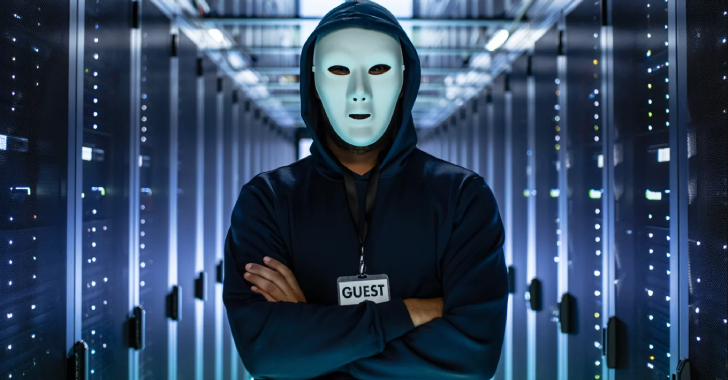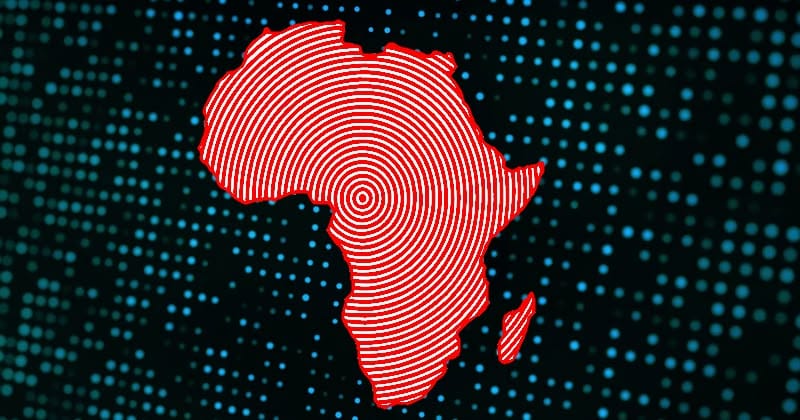
Cybersecurity Analyst's Toolkit in the Age of Deepfakes
The realm of cyber security is constantly evolving, with new threats and vulnerabilities emerging every day. In recent years, one of the most alarming developments has been the rise of deepfake technology. Deep fakes are highly convincing, AI-generated videos and audio recordings that can be used to deceive individuals, organizations, and even governments. As cyber threats become more sophisticated, cyber security analysts must equip themselves with advanced tools and techniques to combat this growing menace. In this article, we will explore the essential components of a cyber security analyst’s toolkit in the age of deepfakes.
Understanding Deepfakes
Before delving into the toolkit, it’s crucial to understand what deep fakes are and why they pose a significant threat. Deep fake technology leverages artificial intelligence and machine learning algorithms to manipulate and generate realistic-looking videos, audio recordings, and even text. These manipulated media can be used to spread disinformation, impersonate individuals, or commit fraud.
One of the most concerning aspects of deep fakes is their potential to deceive even the most discerning individuals. They can convincingly mimic the voice and appearance of real people, making it challenging to distinguish between genuine and manipulated content. As a result, deep fakes can be used for various malicious purposes, including social engineering attacks, political manipulation, and financial fraud.
The Cyber security Analyst’s Toolkit
To effectively combat the threat of deep fakes, cyber security analysts must rely on a combination of tools, techniques, and best practices. Here are some essential components of a cyber security analyst’s toolkit in the age of deep fakes:
- Deepfake Detection Tools:
Deep fake detection tools use machine learning algorithms to identify signs of manipulation in videos and audio recordings. These tools analyze facial and vocal characteristics, looking for anomalies that may indicate a deep fake.
Examples of popular deep fake detection tools include Microsoft’s Video Authenticator and Deep ware Scanner. These tools are continually updated to keep pace with evolving deep fake technology.
- Media Verification Platforms:
Media verification platforms, such as InVID and Google’s Reverse Image Search, can help cyber security analysts verify the authenticity of images and videos. They enable analysts to perform reverse image searches and trace the origins of media content.
These platforms are invaluable for determining whether a piece of media has been recycled or manipulated in any way.
- Threat Intelligence Feeds:
Cyber security analysts should subscribe to threat intelligence feeds to stay informed about emerging deepfake threats and trends. These feeds provide real-time information about new attack vectors and tactics used by threat actors.
Organizations like Recorded Future and Anomali offer comprehensive threat intelligence feeds tailored to the cyber security industry.
- Digital Forensics Tools:
Digital forensics tools play a crucial role in investigating cyber incidents involving deepfakes. These tools help analysts collect and analyze digital evidence, such as metadata, timestamps, and file signatures.
Popular digital forensics tools include EnCase, Autopsy, and X-Ways Forensics.
- Machine Learning and AI:
Leveraging machine learning and AI algorithms is essential for staying ahead of deepfake technology. Analysts can use machine learning models to develop their own detection algorithms or enhance existing ones.
Tools like TensorFlow and PyTorch are widely used for building custom deepfake detection solutions.
- Employee Training and Awareness:
Cybersecurity analysts should prioritize employee training and awareness programs within their organizations. Educating employees about the risks of deepfakes and how to recognize them can help prevent successful attacks.
Simulated phishing campaigns that include deepfake content can be used to train employees to identify and report suspicious media.
- Incident Response Plans:
Having a robust incident response plan in place is essential for mitigating the impact of deepfake attacks. The plan should include steps for detecting, containing, and recovering from deepfake-related incidents.
Organizations should conduct tabletop exercises to test the effectiveness of their incident response plans.
- Collaboration and Information Sharing:
Cybersecurity analysts should actively collaborate with other professionals in the field and share information about deepfake threats. Participating in industry-specific forums and communities can provide valuable insights and early warnings.
Public-private partnerships can also help combat deepfake threats on a larger scale.
Conclusion
The age of deepfakes presents a formidable challenge for cybersecurity analysts. As these AI-generated manipulations become increasingly sophisticated, analysts must adapt and equip themselves with the right tools and knowledge to detect and mitigate deepfake threats effectively. By leveraging deepfake detection tools, media verification platforms, threat intelligence feeds, digital forensics tools, machine learning and AI, employee training, incident response plans, and collaborative efforts, cybersecurity professionals can enhance their arsenal and defend against this evolving threat landscape.
In the battle against deepfakes, vigilance and continuous learning are key. As deepfake technology continues to evolve, so too must the tools and strategies used by cybersecurity analysts. By staying ahead of the curve, these professionals can help protect individuals, organizations, and societies from the harmful effects of deepfake manipulation.
Contact Cyber Defense Advisors to learn more about our Cloud Security Analyst solutions.





